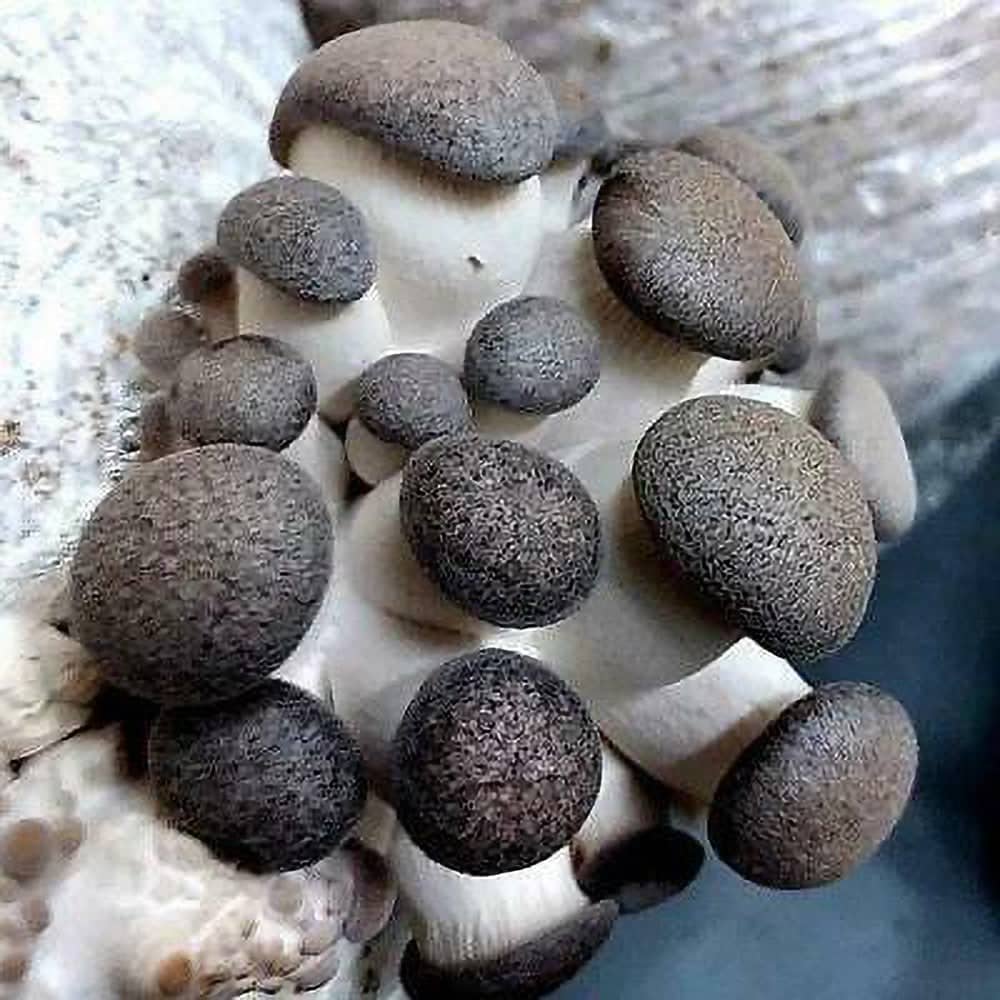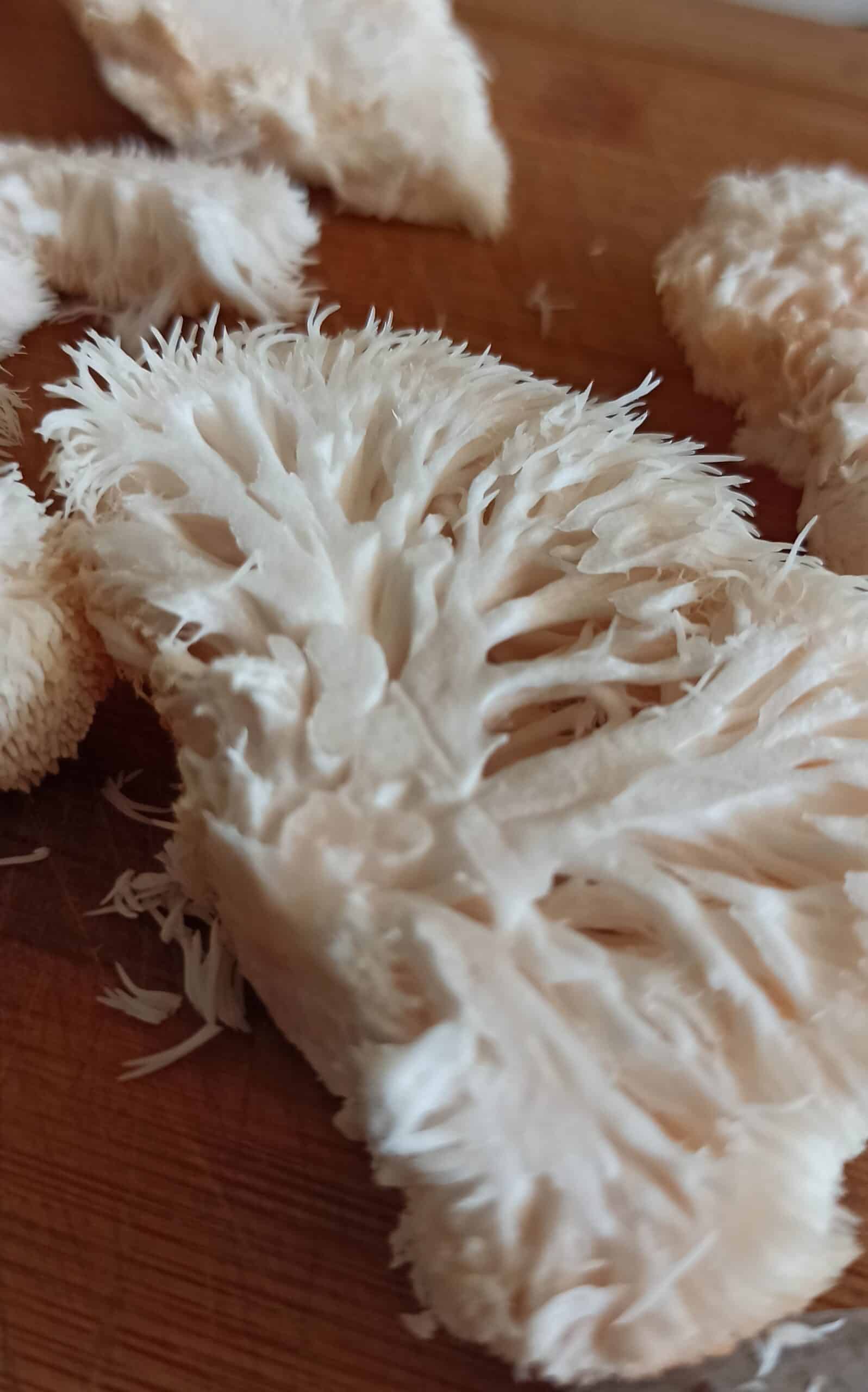Description
Mycelium is the primary stage of the mushroom life cycle and longest living part of the organism. It consists of myriad intricate filaments that are only one cell-wall thick.

During the mushroom’s mycelium stage, unique compounds not found in the mushroom fruitbody are produced. Non the less more compounds are created at this stage than other phases of the mushroom life cycle. Mushroom mycelium is immunologically active.
Despite its delicate stature, mycelium is quite formidable. It grows for months, years, potentially centuries, and navigates through a sometimes inhospitable ecosystem. It is capable of expanding its reach through a habitat filled with millions of microbes while communicating chemically with the surrounding environment, devising complex chemical responses to whatever challenges it encounters.
Eventually, when the circumstances are favorable, mushroom mycelium generates a fruit body – the above-the-surface, easily identifiable part of the mushroom organism. The process of producing a mushroom fruiting body requires that the mycelium maintain a highly active immune response to prevent pathogens from harming it. Meanwhile, the mushroom fruit bodies that eventually form, much like many flowers or fruits, can be highly perishable. For example, the oyster mushroom rots in just a few days. This is in stark contrast to the mycelium that generated it which can live for months, years, or decades.





Reviews
There are no reviews yet.